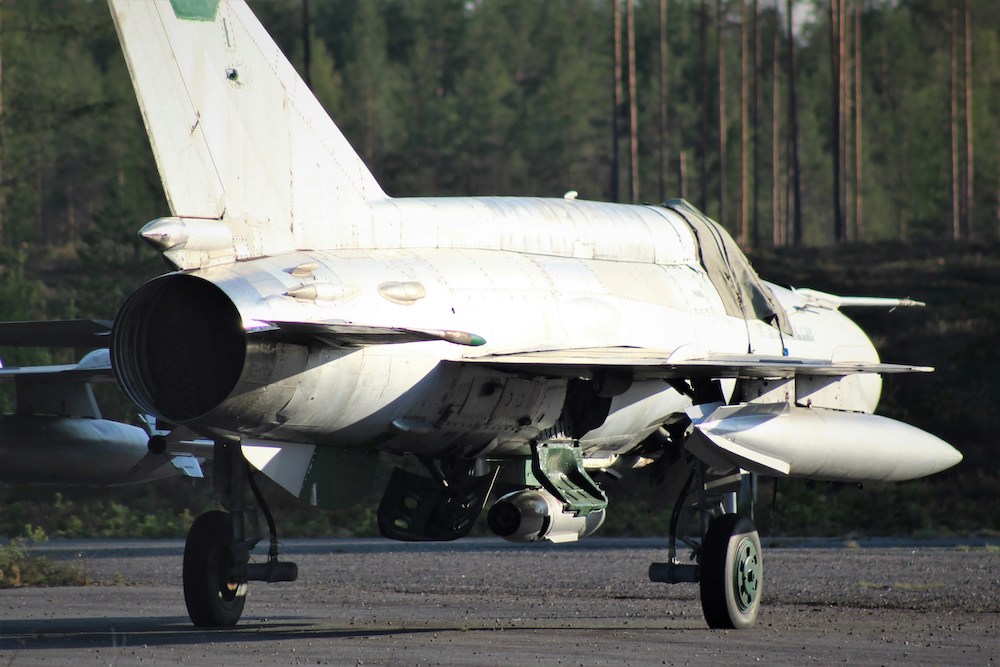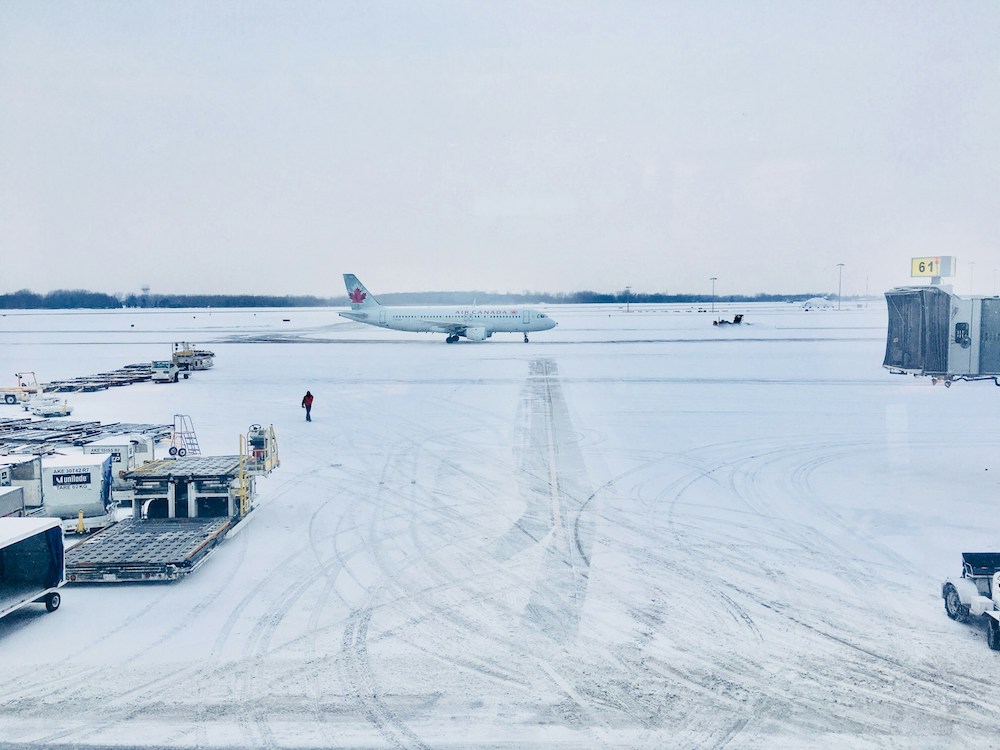
Evolution of Safety in Aviation
The world of modern civil aviation has come a long way from its early days at the start of the 20th century. Shortly after the Wright Brothers took their first flight, the rest of the world took off with them. At first, aircraft operators took on the responsibility of aircraft maintenance themselves. As a result of this, there was little to no standardization of the work and documentation that went into the aircraft maintenance being done. However, as air traffic began to increase, the Air Commerce Act was passed in 1926, which charged the Secretary of Commerce with:
- Fostering air commerce
- Issuing and enforcing air traffic rules
- Licensing pilots
- Certifying aircraft
- Establishing airways
- Operating and maintaining aids to air navigation
The world of aviation was very reactive in its infancy, as it was a series of incidents and accidents that drove regulatory action and policy change at first. Then in the 1950’s and 1960’s, the first big wave of forward safety thinking arrived, and the following factors contributed to further gains in safety for the industry in these decades:
- Careful regulation of aviation activities
- Operational experience
- Mechanical improvements
- Upgrades in technology
In the 1960’s, the focus of aviation safety also shifted from the machine to the individual and crew performance (i.e., human factors). As a result, the concepts of crew resource management (CRM), maintenance resource management (MRM), and human performance were explored and eventually implemented.
Although each of the above approaches led to significant gains in safety for the industry, it wasn’t until the introduction of the concept of organizational safety (i.e., SMS and organizational performance) that aviation product and service providers were able to transition into the next era of aviation safety.
Safety Management System
In the 1970’s the concept of organizational safety became the next step in the evolution of aviation safety. However, it wasn’t until the 1990’s that regulators began to heavily promote the Safety Management System (SMS) concept and eventually regulate its implementation for airline operators.
SMS is currently a voluntary program for most other product and service providers; however, its components are already integrated in most organizations to some extent. SMS is simply a formal approach to managing safety risk and ensuring the effectiveness of safety risk controls.
Risk Management Explained
Risk management is one of the four major components of SMS, along with safety policy, safety assurance, and safety promotion. Risk management is meant to identify hazards and mitigate risk based on a thorough understanding of the organization’s systems and their operating environment.
The risk management process is triggered within an organization when:
- New systems are implemented (i.e., the opening of a new line station)
- Existing systems are changed (i.e., a major modification of an existing aircraft component)
- Operational procedures are developed (i.e., technical manual revisions)
- Hazards or ineffective risk controls are identified (i.e., an increased failure rate of an existing aircraft part)
The key elements of risk management include:
- System. Understanding the system, operation, and operational environment of the organization (i.e., maintenance operations personnel, hardware, software, procedures, facilities, and services).
- Hazard. Identifying hazardous conditions that may pose a danger to the organization (i.e., system problems, operational difficulties, and environmental conditions).
- Risk. Assessing risk by determining the severity and likelihood of that risk, using a risk matrix (like the example below from ICAO), to allow decision makers to make an informed decision based on risk acceptability and the need for risk controls.
- Decision. Accepting, rejecting, and/or mitigating risk depending on the risk level (as shown in the table also created by the ICAO).
- When risk is acceptable, no further action may be necessary.
- When risk is unacceptable, corrective or preventative strategies must be implemented to either eliminate the risk or mitigate it to an acceptable level.
- Monitoring. Monitoring the risk controls to ensure effectiveness after implementation.
Examples of Aviation Risk Management
Data for the identification of hazards or ineffective risk controls within an organization can come from numerous routine and non-routine sources.
Examples of routine operational data sources include:
- Repair assessment findings
- Engine Condition Monitoring (ECM) information
- Scheduled structural inspection findings
- Scheduled maintenance findings
- Vendor or maintenance provider information
- Individual component failure rates
Examples of non-routine operational data sources include:
- Pilot reports, including maintenance deferred in accordance with the minimum equipment list (MEL)/Configuration Deviation List (CDL)
- Flight delays and cancellations related to maintenance issues
- Unscheduled parts replacement or unscheduled maintenance
- High-load events such as hard landings, turbulence, etc.
- Unscheduled landings caused by mechanical difficulties or malfunctions
- Rejected takeoffs caused by mechanical difficulties or malfunctions
Acceptable Risk from a Routine Operational Data Source
Let’s say an aircraft operator has observed a 2% increase in the failure rate of its aircraft passenger seat tray tables over the past year. Let’s apply risk management processes to this example:
- System. The passenger seat tray tables are listed in the aircraft operator’s Nonessential Equipment and Furnishing (NEF) List and are allowed to be missing, damaged, or inoperative, provided they are placarded and properly documented in the Aircraft Maintenance Logbook (AML). Reactive maintenance is applied in this case due to the nonessential nature of this part.
- Hazard. Upon further review, it was determined that due to the increased passenger loads after the pandemic, the aircraft operator began to experience an increase in the wear and tear of its nonessential equipment, causing a minor inconvenience to the passengers.
- Risk. The aircraft operator used the risk matrix to determine the severity and likelihood of this trend to determine the overall risk to the operation. Due to minor operational delays with no immediate costs to the aircraft operator, the severity of this trend was rated at negligible. The likelihood of this trend was remote, as the breakdown of this part did not occur very often as compared to the number of other working passenger seat tray tables in the fleet.
- Decision. It was determined the risk was very low in nature, which allowed the aircraft operator to proceed and accept the risk.
- Monitoring. In turn, no change to the aircraft operator inspection cycle was required and the passenger seat tray tables continued to be monitored as part of the existing routine operational data collection.
Unacceptable Risk from a Non-routine Operational Data Source
Let’s say an aircraft operator has experienced two (2) rejected takeoffs due to tire failures over the past week, resulting in minor aircraft damage and unplanned maintenance. Let’s apply risk management processes to this example:
- System. The wear and tear on aircraft tires can be significant since they are operated at high loads with high inflation pressure. As a result, the aircraft operator has procedures in place that require each flight crew to inspect the tires as part of their pre- and post-flight walkaround. The tires are also regularly inspected by maintenance crews and replaced on a predetermined schedule as part of preventive maintenance.
- Hazard. Upon further review, it was determined the crews were not adequately trained in detecting signs of impending tire failures. In addition, both tire failure events occurred just days prior to their scheduled replacement cycles.
- Risk. The aircraft operator used the risk matrix to determine the severity and likelihood of these incidents to determine the overall risk to the operation. Due to the operational delays requiring the grounding of the aircraft and causing the aircraft operator substantial costs, the severity of these incidents was rated at moderate. The likelihood of tire failures occurring was occasional, as the incidents only occurred sometimes when compared to the total number of takeoffs conducted by the fleet.
- Decision. It was determined the risk was medium in nature, which allowed the aircraft operator to proceed; however, the risk must have been mitigated to an acceptable level and monitored accordingly. As a result, it was determined the flight crew training should be enhanced and the scheduled tire replacement cycle should be reduced.
- Monitoring. In turn, the aircraft operator increased the frequency of its inspections of this part and continued to monitor the routine and non-routine operational data sources to ensure the effectiveness of the implemented controls.
Concluding Takeaways About Aviation Risk Management
Risk is inevitable in the aviation industry. With complex machinery, human interface, and organizational factors, there are hazards around every corner. Therefore, the shared goal in the aviation industry is safety as the highest priority. The evolution of safety is apparent as the mentality around organizational processes has shifted over the past century. This is especially evident in maintenance operations, as they have evolved from simply a reactive maintenance approach (i.e., reactive maintenance), to a proactive approach (i.e., preventive maintenance), and eventually to a predictive approach (i.e., predictive maintenance).
The most effective maintenance programs, however, integrate all three approaches with the application of risk management at their core. This ensures maintenance programs are regularly evaluated based on changes in the organization, hazards are identified, risks are assessed, risk controls are implemented, and the changes are then again monitored to ensure effectiveness in a formal way.
Trying to Learn More About Aviation Operations?
ePlane dives deep into all aspects of aviation procurement, operations, and more. Popular articles include:
- Cessna 182 vs. 172 – Cruise Speed, Cabin Size & More
- Air Data Computer – How it Works, Inputs, Outputs, and Popular Aviation Parts
- Aircraft Corrosion – Filiform, Pitting & Other Corrosion Types
- Current Aviation Trends and the Future of the Airline Industry
By Katarzyna Szwed-Carlson
Kasia Szwed-Carlson is an expert in the aviation industry with 15 years of experience working in flight operations management and training leadership roles.



